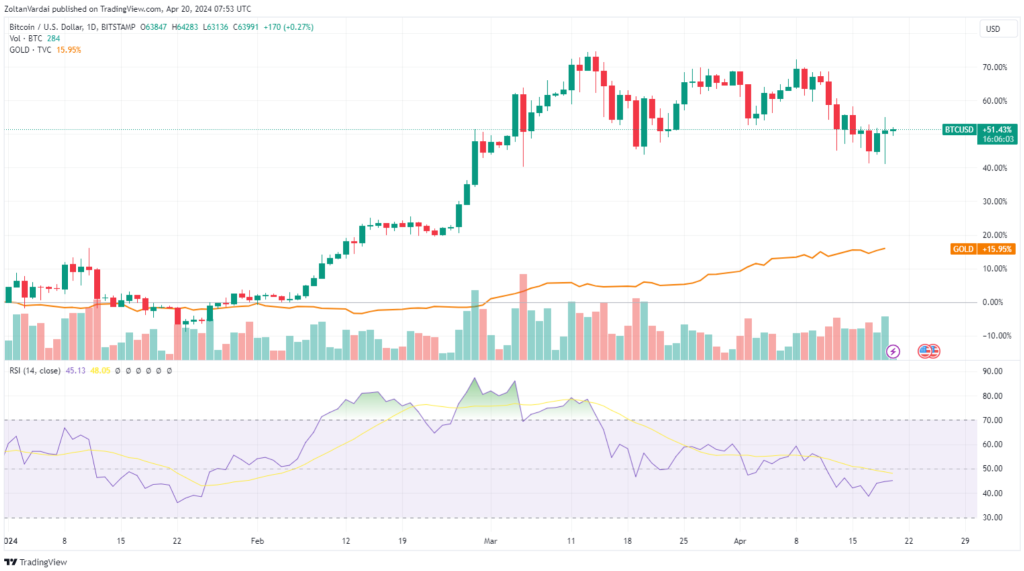Bitcoin’s most important economic mechanism, the halving, could legitimize Bitcoin as a store of value asset for the digital age, seeking more liquid assets than real estate or gold.
The fourth-ever Bitcoin halving occurred a few hours ago at the 840,000th block. The halving is considered the most important economic mechanism influencing Bitcoin BTC $64,947 supply and creating scarcity for the asset.
The Bitcoin network’s fourth halving event, reduced block issuance rewards from 6.25 BTC to 3.125 BTC per mined block, effectively slashing Bitcoin’s issuance rate in half.
The halving is a crucial mechanism for Bitcoin’s scarcity and market valuation, according to Karim Chaib, the CEO of crypto platform Dopamine App. Chaib told Cointelegraph:
“Scarcity is a fundamental economic principle that affects the value of an asset. By programmatically ensuring that the supply of Bitcoin increases at a slower rate over time, the halving events underscore Bitcoin’s scarcity.”
The halving is hard-coded in Bitcoin’s code base, which happens every 210,000 blocks mined, which equates to roughly every four years.
The Bitcoin network witnessed its first halving in 2012 when the Bitcoin’s issuance rate was reduced from 50 BTC to 25 BTC per mined block. The last two halvings occurred in 2016 and 2020, significantly slashing Bitcoin’s issuance rate to the current 3.125 BTC.
This hard-coded scarcity makes Bitcoin stand out from traditional store-of-value assets, according to Chaib, who told Cointelegraph:
“This programmed scarcity is a key feature that differentiates Bitcoin from traditional assets like gold, which can become less scarce as new means of extraction and production are developed. Bitcoin, by contrast, has a capped supply of 21 million coins, making it fundamentally inflation-proof.”
Is Bitcoin the next gold?
Bitcoin’s economic design and halving mechanism are effective mathematical methods to make Bitcoin a deflationary asset, which makes it the first reliable alternative to gold, according to Jonas Simanavicius, co-founder and CTO at Syntropy. He told Cointelegraph:
“Gold has served for thousands of years as the primary store of wealth because it is difficult to increase its supply and it is global… Nothing else came close to having a predictably slow-growing supply—until Bitcoin.”
Bitcoin price rose 122% during the past year, while Gold price rose 19%. During 2024, Bitcoin is up over 51% year-to-date (YTD), while Gold price increased 15% YTD, according to TradingView.

Precious metals and real estate were considered the best store of value assets throughout the years. But the digital age is seeking more liquid assets for faster movements, which will ultimately benefit Bitcoin, said Simanavicius:
“Over time, Bitcoin has not only survived, but its backing power of extensive computation and decentralization has also grown so strong that more people and institutions recognize this security, and the benefits such as immediate transactability, geopolitical decentralization, and ease of carry outweigh those of other asset classes.”








